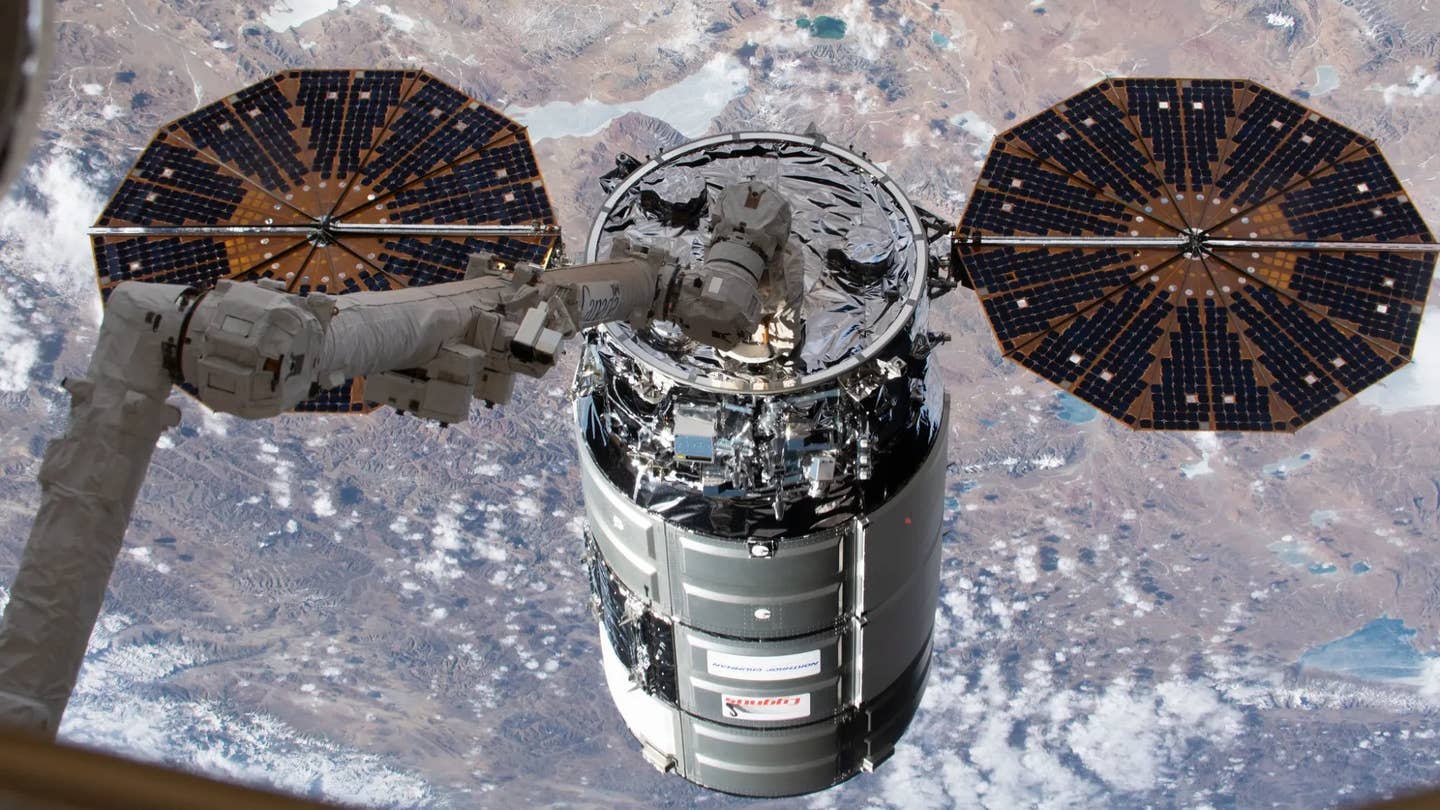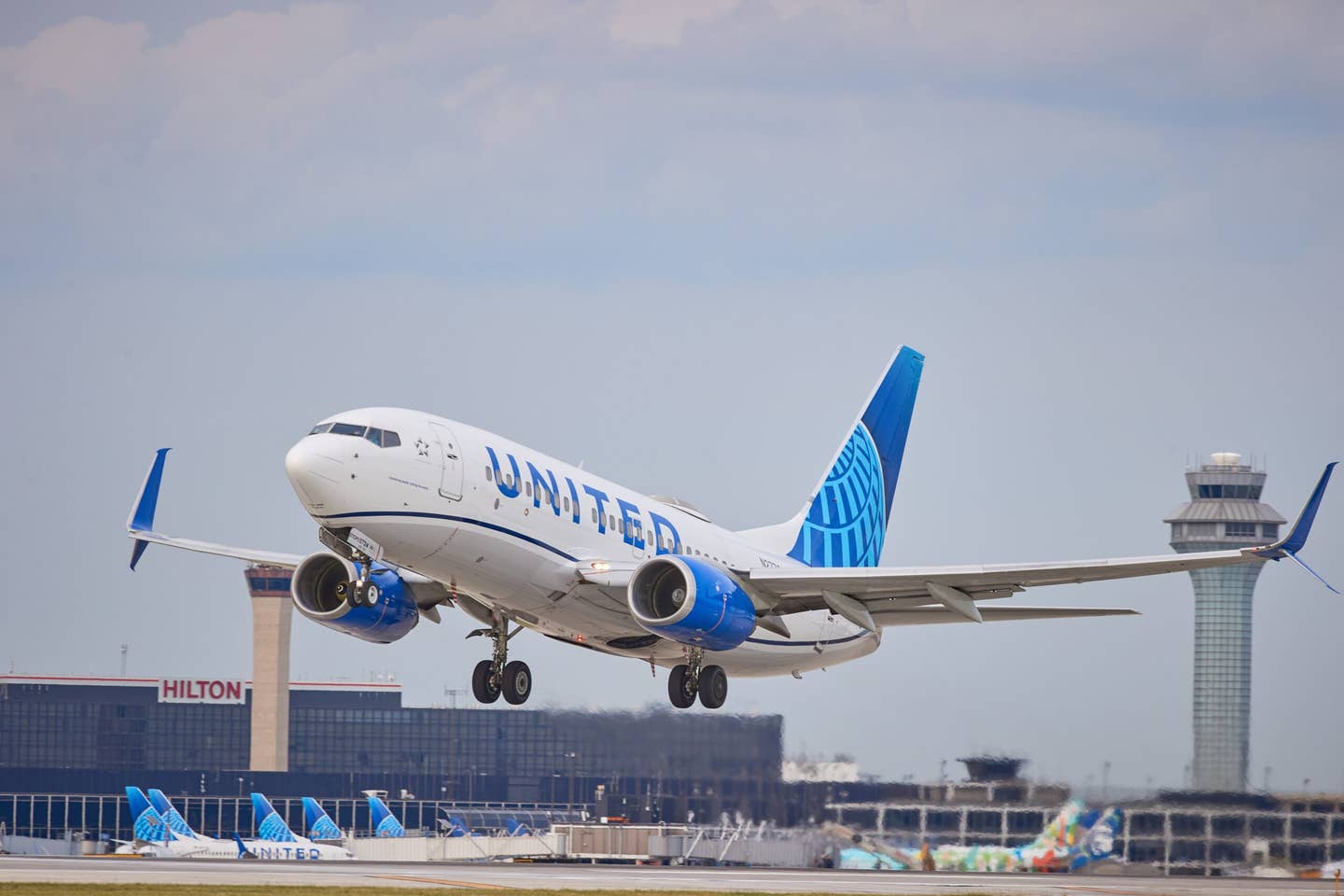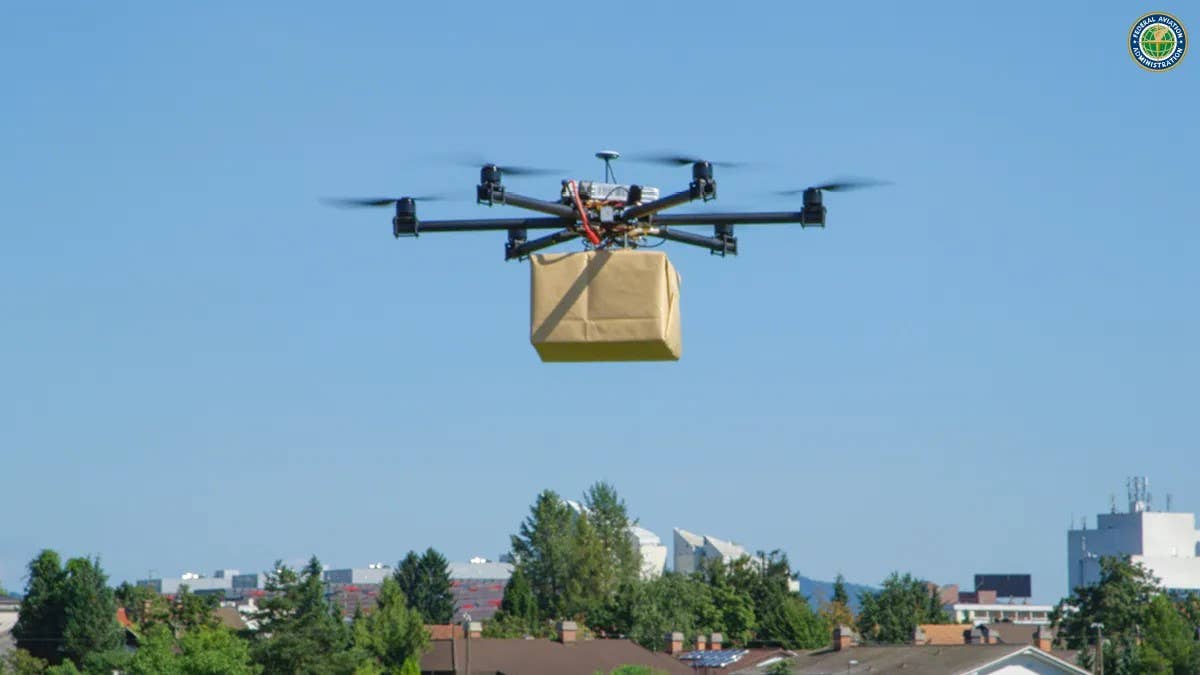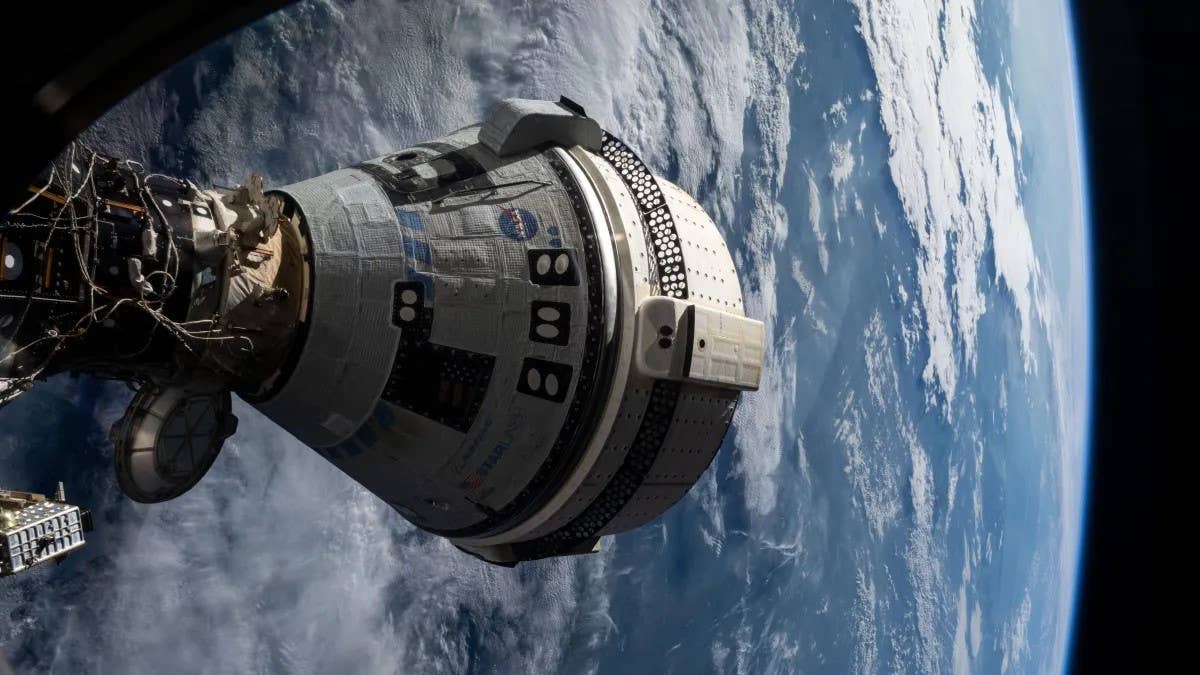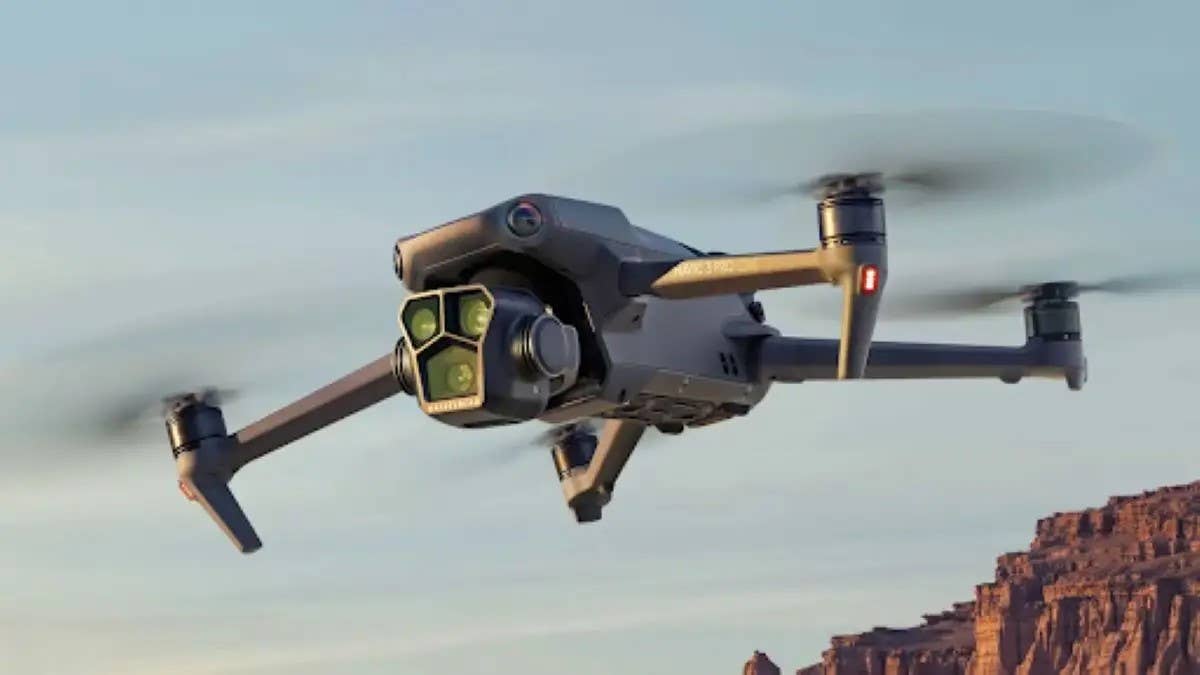Electra.aero Surpasses 2,000 Orders for Hybrid-Electric Aircraft
The hybrid-electric short takeoff and landing (eSTOL) aircraft manufacturer reached the milestone following orders from JetSetGo, Lygg, and Charm Aviation.
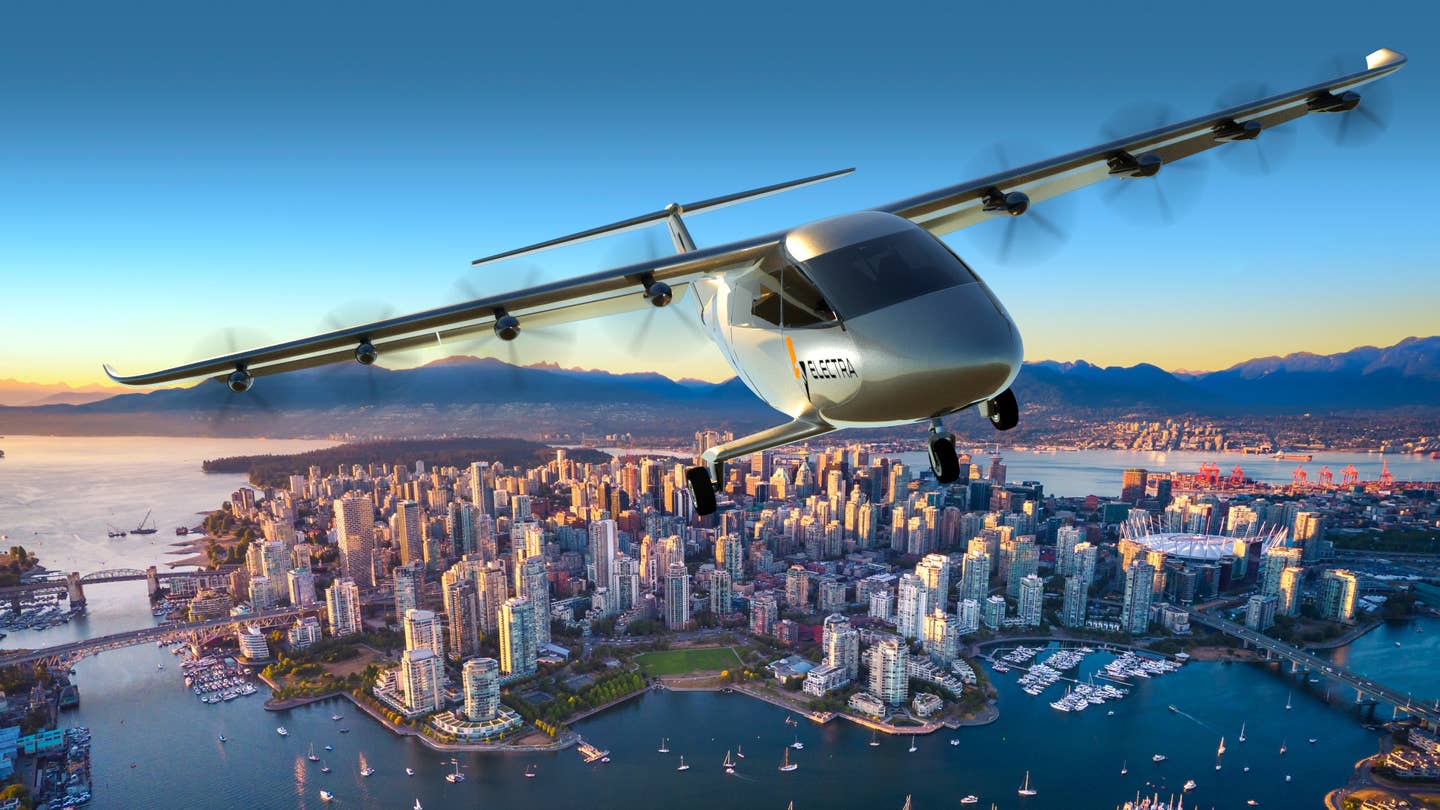
A digital rendering depicts Electra’s eSTOL soaring over Vancouver, British Columbia. [Courtesy: Electra.aero]
The company behind the November first flight of a hybrid electric short takeoff and landing (eSTOL) aircraft is racking up demand for the design.
Lockheed Martin-backed Electra.aero on Tuesday announced that it topped 2,000 preorder sales for its flagship eSTOL design, an order book the manufacturer values at over $8 billion once fully realized. The nine-seat aircraft is unique, even among electric designs, because of its ability to take off or land with just 150 feet of runway.
Electra reached the milestone after wrapping up three sizable agreements. In December, Finnish on-demand flying platform Lygg agreed to buy up to 300 eSTOLs in a deal valued at over $1 billion. Lygg operators, which mainly serve airports outside Nordic and European metropolises, will be able to purchase the aircraft through a hybrid-as-a-service model, which offers financing.
“Electra's eSTOL capability allows us to rewrite the definition of direct connections for environmentally conscious business travelers using existing airfields closer to city centers, reducing valuable time spent in the air,” said Roope Kekäläinen, CEO of Lygg.
The company’s order book expanded again last week, when Indian private charter marketplace JetSetGo placed firm orders for 50 aircraft apiece from Electra, Overair, and Horizon Aircraft. Electra will work with the firm, which operates India’s largest on-demand fleet, to identify new routes that can leverage the eSTOL’s unique capabilities.
“India's geography and demographics make it an ideal launch market for advanced air mobility (AAM),” said Kanika Tekriwal, co-founder and CEO of JetSetGo. “We want to lead the transformation of urban and regional connectivity and believe Electra is the right partner with the technology to make this vision a reality.”
The third agreement, with New York City-based helicopter tour operator Charm Aviation, had not been previously announced. Electra did not disclose the number of aircraft included in Charm’s order, but it said the operator will introduce the eSTOL to heliports and vertiports in bustling Manhattan.
“Electra's aircraft has the range to transform New York City's heliports from urban flight terminals into regional transport hubs with direct flights to cities and smaller communities along the East Coast,” said Marc Ausman, chief product officer of Electra.
The Aircraft
Electra says its eSTOL represents the first use of blown lift technology using distributed electric propulsion. Blown lift—which redirects slipstream flows over the aircraft’s wings into large flaps and ailerons—is what allows the design to take off from sites smaller than a soccer field.
Flaps and ailerons redirect the airflows downward to provide lift that would normally be achieved through high-speed takeoff. This, Electra says, allows the eSTOL to get airborne at “neighborhood driving speeds,” shortening the runway requirement and opening up operations out of remote or underutilized airfields.
The aircraft has a range of about 434 nm and a cruise speed of 175 knots, capable of carrying nine passengers or up to 2,500 pounds of cargo. Compared to vertical takeoff designs, it offers more than twice the payload, 10 times the range, and 70 percent lower operating costs, Electra claims.
Those benefits stem in part from distributed electric propulsion, wherein a small turbogenerator drives eight electric motors spread across the wing. Electra says this reduces emissions (by 30 percent) and noise (75 dBA at 300 feet, equivalent to a vacuum cleaner) below those of traditional airplanes or rotorcraft.
Since the aircraft uses hybrid power to fuel up—and to recharge its batteries during flight—airports won’t need electric charging infrastructure to accommodate it. That could be a crucial advantage for Electra when it comes time for the company to scale.
The eSTOL’s fixed-wing, rigid-propeller configuration—which eliminates hover and transition flight—gives it a path to be certified as a multiengine, Level 3, low-speed airplane under FAA Part 23. That means it could be flown with a standard pilot’s certificate in the airplane category.
In addition to passenger transport, on-demand urban air mobility services, and defense applications, Electra expects the eSTOL to handle cargo logistics, executive transport, humanitarian aid, disaster response, and a variety of other use cases. Its commercial launch is planned for 2028.
Topping the 2,000 preorder mark reflects the steady momentum Electra has enjoyed in recent months. That began in August with the announcement of fresh financing from climate tech fund Statkraft Ventures and the U.S. Air Force, the latter taking the form of an $85 million contract to develop and test a full-scale prototype. The following month, Electra completed the maiden voyage of its EL-2 Goldfinch demonstrator, marking the first flight for a hybrid eSTOL design.
December brought with it a major agreement with JSX, one of the world’s premier regional air carriers, which ordered as many as 330 hybrid-electric models. Those include 32 firm orders and 50 options for Electra’s nine-seater. The same month, customer Bristow Group placed a deposit for five early delivery slots for its 2021 order of up to 50 aircraft, representing one of Electra’s firmest commitments to date.
Bristow is expected to be Electra’s principal launch operational customer. The company at launch also has agreements to fly in the Middle East, Asia, Latin America, and Australia, among other locations.
Like this story? We think you'll also like the Future of FLYING newsletter sent every Thursday afternoon. Sign up now.

Subscribe to Our Newsletter
Get the latest FLYING stories delivered directly to your inbox

